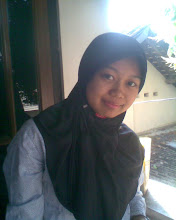
Kamis, 30 April 2009
Why "cadmium" is yellow?

Why "cobalt" is blue?


Cobalt blue is a cool, slightly desaturated blue color, historically made using cobalt salts. The world leading manufacturer of cobalt blue in the 19th century was Blaafarveværket in Norway, led by Benjamin Wegner. The pigment is extraordinarily stable. Chemically it is a cobalt(II) oxide-aluminium oxide, or cobalt(II) aluminate, CoAl2O4. The compound is made by sintering the stoichiometric mixture of finely ground CoO and Al2O3 at 1200°C. It was discovered by Louis Jacques Thénard in 1802. Commercial production began in France in 1807. The first recorded use of cobalt blue as a color name in English was in 1777. John Varley suggested cobalt blue as a good substitution for ultramarine blue for painting skies. Maxfield Parrish, famous partly for the intensity of his skyscapes, used cobalt blue, and cobalt blue is sometimes called Parrish blue as a result. Because of its chemical stability in the presence of alkali, cobalt blue is used as a pigment in blue concrete. The blue seen on many glassware pieces is cobalt blue, and it is used widely by artists in many other fields. "Cobalt Blue" is used as a filter used in ophthalmoscopes, and is used to illuminate the cornea of the eye following application of fluorescein dye which is used to detect corneal ulcers and scratches. Major League Soccer's Kansas City Wizards have had cobalt blue as the primary color of its home uniforms since 2008.
Taukah teman??"emas" terkandung di air laut lho....

